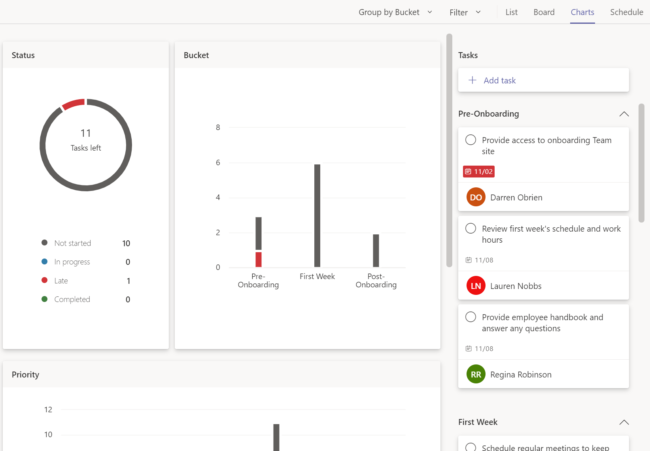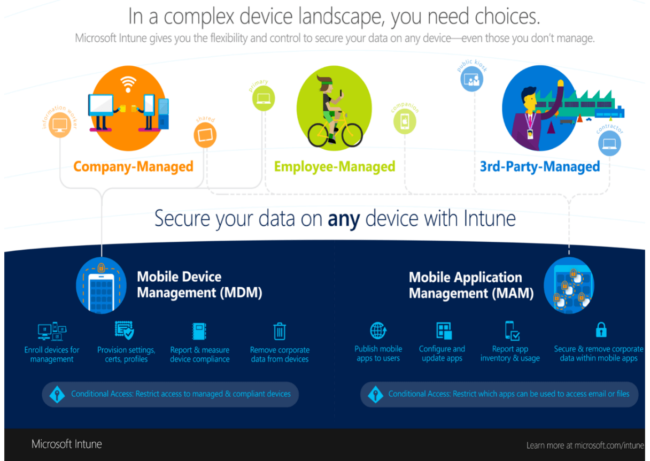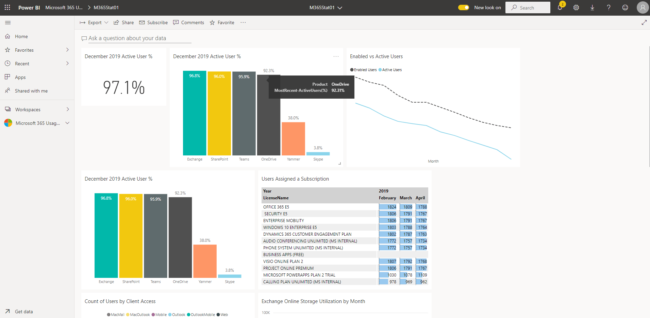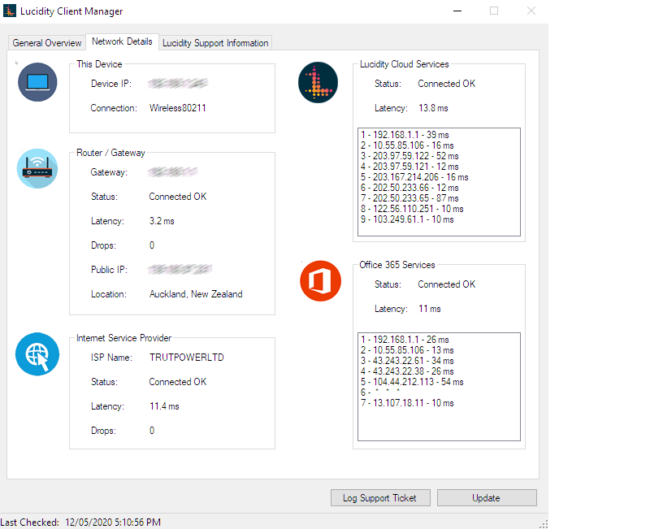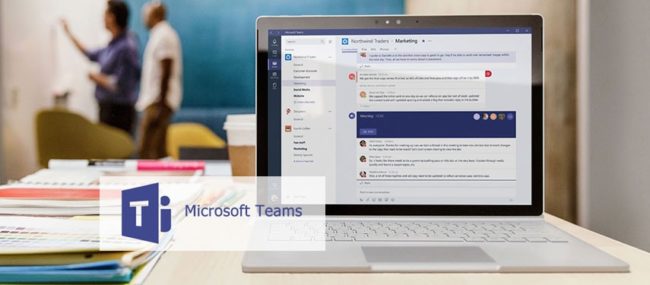What are the advantages of Conditional Access?
It seems that nearly as long as passwords have been around, they’ve been a major source of security concern. Eighty-one percent of security incidents happen due to stolen or weak passwords. Additionally, employees continue to neglect the basics of good cyber hygiene. For example, 61% of workers use the same password for multiple platforms. And…




